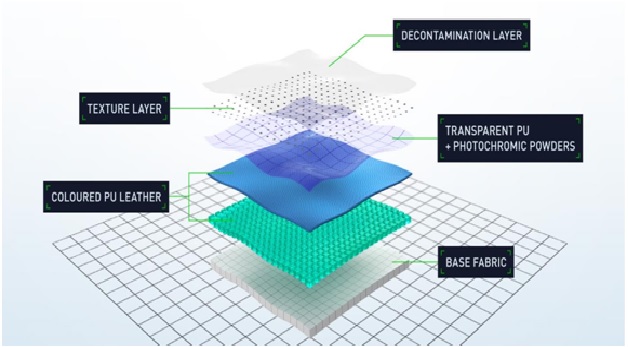Augmented Intelligence
Augmented intelligence is a design pattern for a human-centered partnership model of people and artificial intelligence (AI) working together to enhance cognitive performance, including learning, decision making and new experiences [1]

Figure. 1. Augmented Intelligence
How does augmented intelligence work?
Unlike the traditional view of AI as an autonomous system, operating without the need for human involvement, augmented intelligence uses machine learning and deep learning to provide humans with actionable data.
As a reminder, machine learning describes an AI system’s ability to learn and improve from experience without additional programming. Natural language processing, which allows a computer to identify the human language, is an example of machine learning. And deep learning, sometimes referred to as deep neural learning, describes an AI process that mimics the human brain’s ability to process data and see patterns, much to the felicity of data scientists staring down massive data sets . [2]
Augmented intelligence: a solution to the big-data problem
The Internet of Things (IoT), cloud storage, and big data have allowed for the collection, storage, and analysis of data as never before. The sheer bulk of this data is mind-boggling: the International Data Corporation estimates by 2020, the “digital universe” will contain over 5,200 gigabytes of data for every person on the planet, for a total of 40 trillion gigabytes of data points.
Big data offers insight into everything from marketing and customer preferences to predictive analytics of scientific, medical, and geopolitical issues. However, a big problem with big data is that its sheer size makes unaided mining and analysis, among other tasks, incredibly difficult. Augmented intelligence offers data scientists a solution to help them sift through such vast amounts of data: its deep learning capabilities can pull patterns out of gigabytes of data that interpreters might otherwise miss due to the sheer size of the set.
Without augmented intelligence, processing big data would take a long, long time—sometimes years, depending on data set size—and all the while crucial data patterns would be lost to human oversight. For this reason, augmented intelligence is at the center of the blossoming fields of data analytics and predictive data
WHERE DOES AUGMENTED INTELLIGENCE FIT?
Although it is early days, IA has already had a positive impact on many sectors and the nature of this technology, which learns more, adapts faster and continuously improves with time, means that early adopters do gain an advantage.
Let’s look at some possible use cases in various sectors
- Financial services
- Healthcare
- Retail
- Travel
- Manufacturing
- Oil and gas[3]
References:
- https://www.gartner.com/en/informationtechnology/glossary/augmented-intelligence
- https://digitalreality.ieee.org/publications/what-is-augmented-intelligence
- https://www.auraquantic.com/what-is-augmented-intelligence/
Cite this article:
Nithyasri S (2022), Augmented Intelligence, AnaTechMaz, pp. 122















